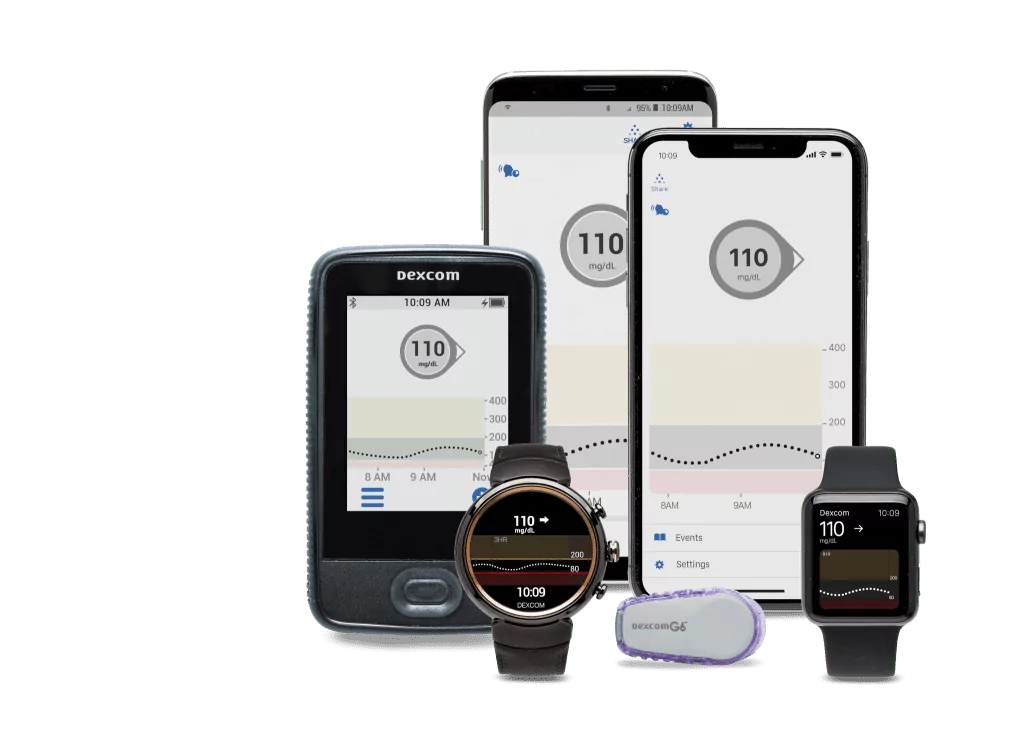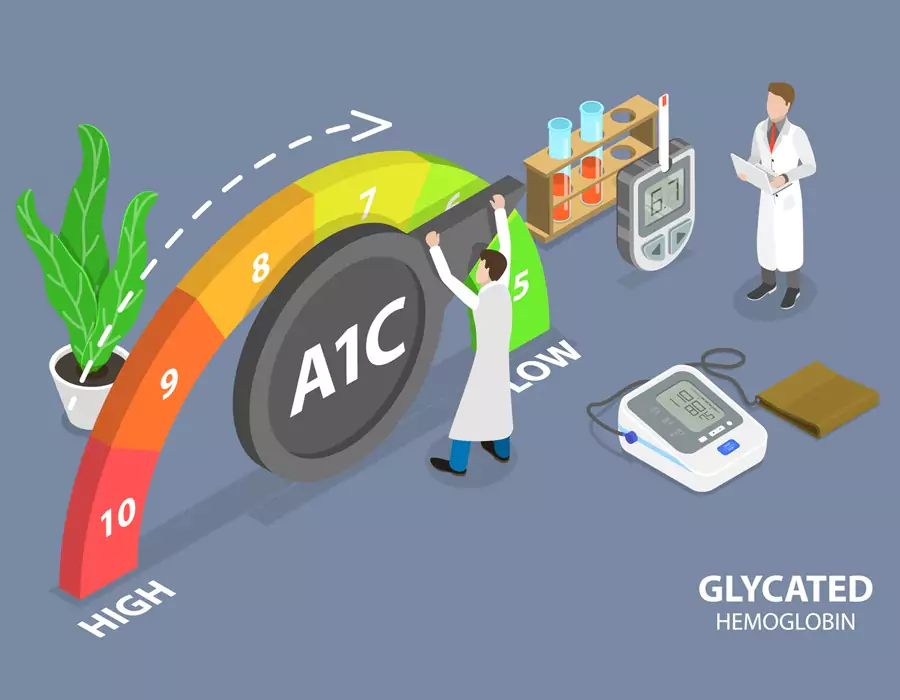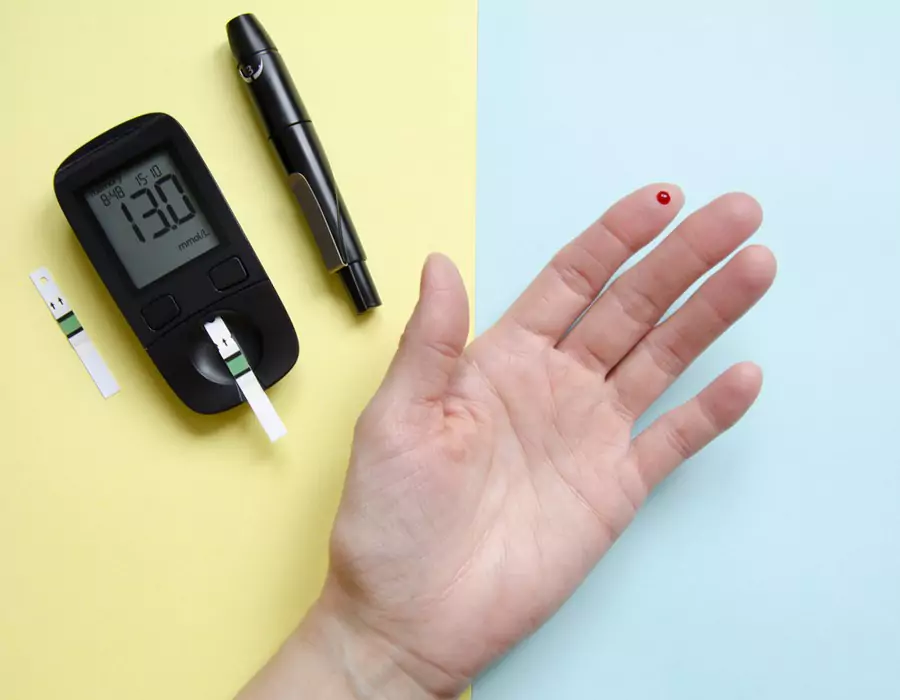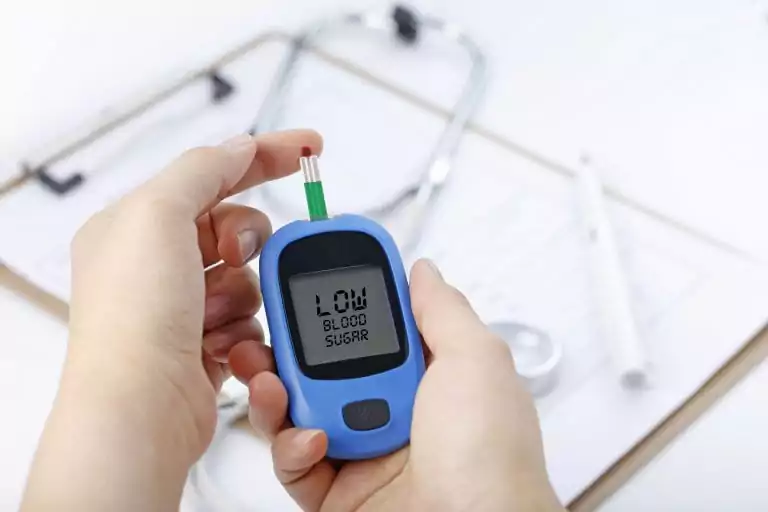





Dexcom and freestyle libre explained


Table of Contents
- How to make clinical and insulin decisions using DEXCOM CGM Or FREESTYLE LIBRE
- What is a continuous glucose monitoring device and how does it work?
- What is interstitial fluid?
- How do glucose monitoring devices detect sugar/glucose levels?
- What is the benefit of using a continuous glucose monitoring system versus a regular meter?
- Why does my Dexcom G6, Freestyle Libre or Guardian Medtronic CGM do not match my fingerstick blood glucose?
- How do I get the best use out of my CGM?
- Freestyle libre CGM
- Treatment decisions before meals with Dexcom G6:
- Treatment decisions in between meals or during fasting state:
- Final take away...
How to make clinical and insulin decisions using DEXCOM CGM Or FREESTYLE LIBRE
Dexcom G6, Freestyle Libre or Guardian Medtronic. No matter what system you use, you should read this blog post to understand how to correctly use your continuous glucose monitoring system (CGM). Many of you are reading this because you more than likely have a continuous glucose monitoring device such as a Dexcom G6 or Freestyle Libre.
You may also be wondering how glucose monitoring systems can help you if don’t have one already. In my diabetes practice, I see many patients with diabetes who have a CGM yet have no idea how these devices work, nor they know how to interpret the results. Let’s talk about continuous glucose monitoring systems and how to interpret the data and make appropriate decisions for your diabetes treatment.
What is a continuous glucose monitoring device and how does it work?
Continuous glucose monitoring devices (CGMs) measure the glucose in the interstitial fluid every 1 to 5 minutes depending on the brand and the manufacturer. For Dexcom G6 that is every 5 minutes, for Freestyle Libre it is every minute.
On the other hand, Freestyle Libre only records blood sugars every 15 minutes and if regular scanning is not done every 8 hours, the data will be lost which is not the case with the Dexcom G6 CGM.
What is interstitial fluid?
Cells in interstitial fluid and glucose measurement via CGM Dexcom G6 Interstitial fluid is the substance between cells. The glucose in the interstitial fluid is the glucose that is readily available to the cells for use.
Serum glucose, on the other hand, can be different than the interstitial fluid. That is because there is a delay in glucose passage from blood vessels into the interstitial fluid. That is something to keep in mind and we will talk about that later.
How do glucose monitoring devices detect sugar/glucose levels?
Most CGM's have a sensor that goes under the skin and not into the blood vessel, as a result, the glucose readings are not blood glucose readings. Most commonly glucose oxidase reaction is the foundation for estimating blood sugars. It is a chemical reaction that happens in the interstitial fluid in the presence of glucose and the sensor detects and converts into an electrical signal.
What the sensors detected is an electrical gradient which is translated into glucose levels. In other words, glucose is converted to an electrical current that is detected by the sensor.
As a result, calibrating your CGM occasionally may be a good idea although some continuous glucose monitoring systems such as a Dexcom G6 or Freestyle Libre do not require calibrations. When you calibrate, the sensor understands that the electrical gradient at the time of calibration corresponds to the blood sugar that is calibrated via a fingerstick.
What is the benefit of using a continuous glucose monitoring system versus a regular meter?
The most important benefit of continuous glucose monitoring systems is the fact that you can analyze the blood glucose trends and estimate future glucose levels. Understanding the blood glucose trends versus spot/individual spread apart glucose values is extremely important in decision making for diabetes treatment and avoiding very high or very low blood sugars.
You can get up to 288 readings that are connected showing a continuous reading versus the standard 1-8 fingersticks within 24 hours. With continuous glucose monitoring systems, you will also get alerts for high or low blood sugars.
You can even get predicted high blood sugar or predicted low blood sugar levels before the event happens. This is now available in Dexcom G6 and Guardian Medtronic glucose monitoring systems.
Also, your diabetes specialist or endocrinologist can implement remote glucose monitoring if they have the technology available. You can technically allow your endocrinologist or diabetes doctor to track your blood sugars. With frequent and timely interventions and a carefully crafted diabetes care plan, you can improve your overall blood sugars tremendously.
Why does my Dexcom G6, Freestyle Libre or Guardian Medtronic CGM do not match my fingerstick blood glucose?
That is one of the most asked questions that I get from patients under my diabetes care plan. There are multiple reasons for this. Let’s review:
- As we discussed the glucose monitoring systems, a detected reading in the blood sugar is coming from the interstitial and not the blood. There is a delay which is around 15 to 30 minutes in stable conditions where blood sugar is not changing rapidly. On the other hand, if blood sugars are rapidly changing such as after a meal or if the blood sugars are rapidly declining such as after a high dose of insulin there will be 20 to 25% or more difference between CGM readings and blood sugar levels obtained from a fingerstick.
- There is also a delay because of the sensor itself. Since the sensor is not detecting the blood sugar directly, it relies on a chemical reaction to occur. The time it takes for this reaction and sensory detection can also delay and cause differences between fingerstick meter obtained blood sugar readings and CGM readings.
- The fingerstick blood glucose measurement from glucose meters is not 100% accurate either. So, if you are using the meter obtained blood sugar to your CGM as a gold standard you are starting wrong. There are way too many meters on the market, and all have different accuracy rates ranging from 5% to 20%. The FDA approved meters and strips that have an accuracy range that is less than 20%. Given that there is variability in the meter obtained blood sugar as well as delays in continuous glucose monitoring systems trying to get a very accurate result is a futile attempt. Rather, you should focus on the trend which we will talk about later in this article.
How do I get the best use out of my CGM?
Freestyle libre CGM
After understanding all the drawbacks and key points now we are ready to learn about how to interpret the blood sugars readings you see on your continuous glucose monitoring device. You need to understand that blood sugars are affected by multiple factors. These factors include the timing of the meal, the content of the meal, physical activity status, stress and other factors that you know based on personal experience that can affect your blood sugars.
These could also be menstrual periods or a common cold that can temporarily greatly increase your blood sugars. You should also understand that exercise can reduce your blood sugars fairly quickly. Ironically, intense exercise can temporarily increase your blood sugars during the exercise due to adrenaline discharge, which is an insulin antagonist, however towards the end or right after the intense exercise, blood sugars may drop severely.
Also remember that after a high-fat meal, your blood sugars may not rise in the first 1 to 2 hours, however, you may see late and severe high blood sugar 3 hours or more after a high-fat meal such as pizza.
In an effective diabetes care plan, your diabetes doctor/endocrinologist should go over how to understand your blood sugars as it appears on your phone or receiver screen and how to interpret them. It may not be easy to understand, embrace and apply these principles. Remote glucose monitoring and virtual diabetes care can help you make decisions in difficult situations or when you are not sure what to do.
To make it easier to understand we will also give examples and practice cases. The first thing to understand that the glucose readings you get from your Dexcom G6 or Freestyle Libre are most consistent with current blood sugar levels when your blood sugars are stable. Blood sugars are most stable in a fasting state or before a meal if blood sugars are not rapidly declining because of insulin or other insulin-secreting agents.
You can also see that your blood sugars are stable if you see a horizontal arrow on your screen. If you see a horizontal arrow on the screen you can be very confident and use that glucose reading as is and no need to make any adjustments to your mealtime treatment. We will talk about treatment decisions before meals, in between meals or fasting.
Treatment decisions before meals with Dexcom G6:
If you see an arrow that is oblique up or oblique down:
This may indicate that your blood sugars are going up or down 1-2 mg/dL/min which can lead to 30 to 60 points change in your blood sugars over the next 30 minutes. In that case, there are a few things you can do to adjust your insulin dose. If you are not using an insulin pump you can add 30 points to the current blood sugar on the continuous glucose monitor screen.
For example, if your blood sugar is 160, you can consider and treat it as if your blood sugar is 190. In this case, if you are using a sliding scale you can determine the correction insulin that is needed based on the adjusted blood sugar. If you are using an insulin pump, you can enter that adjusted blood sugar into the pump and the insulin pump will do the rest.
If you are not using a pump but you have a correction ratio for correcting high blood sugar you can just do the math accordingly. You may also consider taking the insulin earlier than you typically take it. If you are taking insulin 10 minutes before a meal you can consider taking the insulin 20 to 30 minutes before the meal.
If you see the downward oblique arrow, the reverse is completely true. You can subtract 30 mg/dL or 30 points from your current blood sugars and treat accordingly as explained above. In this case, you can postpone the insulin injection to right before the meal.
If you see as straight-up one arrow:
This may indicate that your blood sugars are going up or down by 2-3 mg/dL/min which can lead to 60-90 points increase in blood sugars within the next 30 minutes. Same principal that we went through in the previous paragraph applies. In this case, you would add or subtract at least 60 points because the trend is up or down with one straight-up arrow.
For example, if your blood sugar is 160 and you see straight up arrow on your Dexcom G6 CGM you should add 60 points which will lead to 220 mg/dL adjusted glucose levels that need to be used in a treatment decision. You would assume that your blood sugar is 220 instead of 160 mg/dL.
If you see a straight down arrow you would subtract 60 points from your blood sugar on your Dexcom G6. In this case, 160-60 =100 mg is the new adjusted blood sugar that you will use in treatment decision making. Again, if you see a straight-up arrow you may want to rush the insulin injection and do it earlier than scheduled. If you see a straight down arrow you may want to wait even until after the meal to prevent a blood sugar drop.
If you see a double arrow straight up or double arrow straight down:
This may indicate that your blood sugars are going up or down 3 to 4 mg/dL/min which can lead to 90 or more points increase or decrease depending on the direction of the double arrow. As we discussed above same principles apply however, we will need to add or subtract 90 points to your glucose displayed on your Dexcom G6, Libre or Medtronic CGM and make the treatment decision accordingly just like explained in the prior 2 paragraphs.
Treatment decisions in between meals or during fasting state:
If you are not about to eat yet you see your blood sugar is trending up with an oblique arrow up or down. There are a few things you can consider depending on the last time you ate and the last time you had an insulin injection or insulin bolus via an insulin pump. If you have an insulin pump, things are a lot easier as the pump will do all the math for you.
- If your blood sugars are trending down with an oblique arrow, one arrow down or two arrows down you would know by now that your blood sugars are possibly going to be at least 30 points, 60 points or 90 points lower respectively based on the direction of the arrow. This gives you a heads up and gives you time to prepare for possible low blood sugar. For example, if your blood sugar is 90 and you see at one straight down arrow on the Dexcom G6 screen, you know that your blood sugar may be 60 or lower within 30 minutes. It would be a wise idea to have a snack to prevent low blood sugar. If you see two straight arrows down, you should act immediately.
- When you see a horizontal arrow indicating stable blood sugars you will think that your blood sugars are stable. Do you have to worry about that? This depends on the situation. Exercise, for example, will reduce your blood sugars. Knowing that fact, it would be a wise idea to have a snack with a blood sugar of 90 mg/dL even when you see horizontal arrow because your blood sugar may go low, below 70 mg/dL fairly quickly with exercise.
- In case of upward trending blood sugars when you see an oblique or straight arrow you should know that your blood sugars will end up being at least 30 points with an oblique up arrow, 60 points with one straight-up arrow, 90 or more points with two straight-up arrows. For example, if your blood sugar is 180 mg/dL 2 hours after a meal and you see two straight arrows up you could immediately think that your blood sugar may end up at 270 mg/dL within just 30 minutes. That means that you either did not take enough insulin or you have had too many carbs or too much fat in your meal. That can also happen if you are on steroids such as prednisone or when you are physically or mentally stressed.
Nevertheless, you should take immediate action to prevent his severely high blood sugar. In this case, you can take a correction insulin bolus to reduce the upward trend of blood sugars and hopefully correct to normal levels.
This can be tricky if you have had an injection within the first 2 to 3 hours as frequent injection of insulin can lead to stacking which later causes low blood sugars. To avoid that, you need to understand the duration of action of the insulin that you are currently using.
For rapid and short-acting insulins such as Fiasp, Humalog, NovoLog, Apidra, Admelog, insulin Lispro the duration of action is typically 3 to 4 hours. For Novolin R or Humulin R, the duration of action can range from 5 hours to 8 hours.
Typically, for rapid-acting insulin such as NovoLog or Humalog, you should know that by 2 hours after an injection you would still have 50% of the insulin in your system. You should account for that previous insulin when you are correcting. Let us take an example to understand the concept. John has taken 10 units of NovoLog before lunch.
He receives a high alert from his Dexcom G6 with a blood sugar of 200 at 2 hours after lunch with one arrow straight up. John knows that his blood sugar may end up at 260 within 30 minutes. He wants to correct 260 mg/dL blood sugars. He has a sliding scale which indicates that he should take 8 units of correction insulin.
Since John read this article and knows that he will need to account for the previous insulin that is still in his system he would subtract that residual insulin. Since NovoLog lasts for hours and he has had an injection 2 hours before that of 10 units, he would subtract 5 units from this suggested 8 units of correction insulin.
He would give 3 units of correction insulin for preventing severe high blood sugar and possibly bringing blood sugar down to the target level. I hope this article helps you understand managing your continuous glucose monitoring system better.
Final take away...
In summary, although continuous glucose monitoring systems are not perfect for exact blood sugar estimation, they are great monitoring tools showing glucose trends and helping in treatment decision making. They are still fairly accurate especially when blood sugars are stable. When blood sugars are not stable when there is a rapid increase or decrease in your blood sugars, there will be a delay in the transmission.
Yet, they are still helpful in decision making by showing glucose trends. Dexcom G6 and Guardian Medtronic systems also give you high and low blood glucose alerts giving you a heads up allowing you to act before a severe high or severe low glucose event happens. Like everything else in life, it takes interest, persistence, and dedication to master your skills in managing your diabetes.
You need to wear your CGM as much as possible and pay attention to the numbers you see on screen, pay attention to arrow directions and understand how other factors such as diet and exercise affect your blood sugars. Also a trusted diabetes coach and a diabetes doctor who are typically endocrinologists, are going to be your best friends in helping you have a happy and successful life with minimal influence from diabetes.
Ahmet Ergin, MD, CDE, ECNU Endocrinologist and Founder of SugarMDs. Image Courtesy: “2702 Fluid Compartments ICF ECF” By OpenStax College – Anatomy & Physiology, Connexions Web site, Jun 19, 2013. (CC BY 3.0) via Commons Wikimedia
Written By Dr. Ahmet Ergin
460 total articles
Meet Dr. Ahmet Ergin, a highly skilled and dedicated endocrinologist with a passion for diabetes care. Dr. Ergin earned his medical degree with honors from Marmara University in Istanbul. He completed internal medicine residency and endocrinology fellowship at Cleveland Clinic. Dr. Ergin is board-certified in Internal Medicine, Endocrinology, Diabetes, and Metabolism due to his vast medical expertise. He's a certified diabetes educator, author of “The Ultimate Diabetes Book,” and founder of “the SugarMD YouTube channel.” Dr. Ergin offers exceptional diabetes care to his patients in Port Saint Lucie, FL, helping them manage effectively. For a closer look into his insights and experiences, connect with Dr. Ahmet Ergin on LinkedIn, Instagram, and YouTube.”
Disclaimer: These statements have not been evaluated by the Food and Drug Administration. Information on this website isn't intended to treat, cure or prevent any disease. Discuss with your doctor and do not self-treat.
Products















